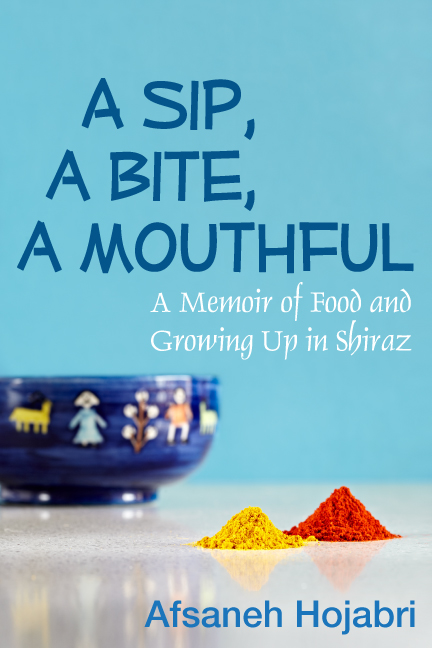It is Only Sound That Remains: Some Reflections
Posted: 25 September 2011 | Author: bootehBeeta | Filed under: COZY CORNER, Montreal related, Uncategorized | Tags: human_rights, International, Iran, politics, sound_theatre, Ziba_kazemi |1 CommentIn a candle lit reception hall at Baha’i centre in downtown Montreal about fifty of us gathered in an intimate setting to listen to “It is Only Sound that remains”; a powerful and sensitive account of life of Ziba Kazemi and of those who were deeply touched by her life and death.
The event, co-sponsored and co-produced by Montreal Life Stories Project, COHD, Kazemi Foundation, and Vivacite Montreal was initially performed on April 2011 at Concordia University and will be staged for a third time next Thursday September 29th at the same location.
‘It is Only Sound That Remains’ is foremost a performance through sound: The sounds assembled from kazemi’s archival footage, recorded voices and interviews with Stephan Kazemi, enriched with soundscapes, and Persian music, and of course performing artists’ voices….We hear the voice of Ziba singing Persian lullabies to her boy, voice of three or four-year old Stephan repeating her mother’s words in half French, half Persian; his adult voice telling us how he felt when seeing his mother off at the Montreal airport on her way to Iran; voice of Moe Clark, the spoken word artist interpreting Forough Farrokhzad’s poem translated into English and interspersed throughout the performance. We also hear voice of Shahrzad Arshadi, the Montreal-based visual artist and the screenplay writer who as the narrator tells us her own story of how she became involved with life story of Ziba, how she got to know her so intimately, through her notes and diaries, how she admires her and is deeply captured not only by her past, but almost unwittingly lives her unlived present and future, all without ever having met her once.
‘It is Only Sound that remains’ is an “experiment’ as Shahrzad puts it and it is most definitely a completely new experience for the audience. It is pretty much like a free floating journey through sounds which is empowered by the wings of one’s own imagination. We took this journey as soon as we entered the theatre: Apart from a collection of candles burning on a low platform at a corner and a few more candles here and there, the fairly large hall was very dimly lit; candles were the only source of light and one could barely make out a curtain-covered “stage” behind which the performances and their equipment were presumably located. We were offered hot-out-of-samovar tea in delicate tea sets, along with delicious homemade cookies. Already feeling at home, we settled in, some comfortably lying down on the small and large coarse Persian carpets or leaning against cushions spread on them, some sitting on chairs installed against the walls surrounding the hall. Right on time the doors were closed. And following a few seconds of absolute silence poured the tender rain of Darya, by A. Kamkar. The soft and powerful rhythm echoed in the darkness and marched into our souls … And from there, there were only sounds, sounds of people fading in and out of melodies, chords and songs. I came out of the theatre feeling I have known this amazing woman called Ziba Kazemi all my life only because her voice felt so beautiful when she sang, when she laughed when she teased and when she just talked.
The notion of “only sound” remaining of a photojournalist might be a curious one, as one would expect her to be speaking and remembered through her camera’s lens. Yet, taking this journey at the very least makes you look forward to the documentary that Shahrzad is making about Ziba Kazemi.
Listen to this radio piece for some of the sounds and voices we heard at the theatre, and for more insights on it given by the artists before the first performance at ConU. Excerpts from conversations with artists Shahrzad Arshadi, Moe Clark and Caroline Kunzle about their sound theater: http://citizenshift.org/node/31083&dossier_nid=22423








[…] […]